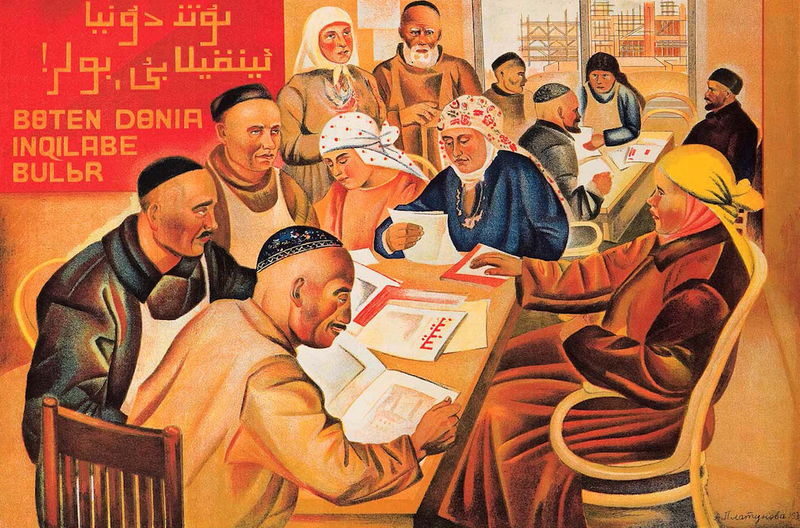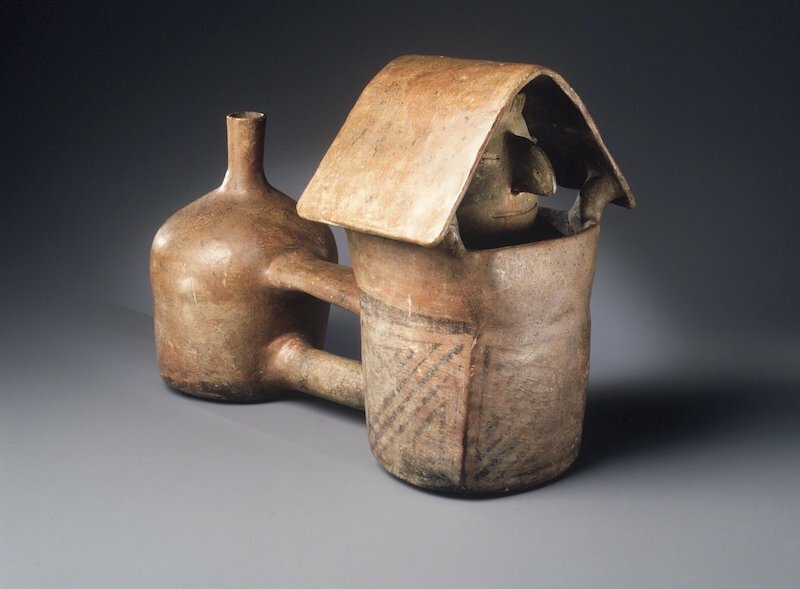
Not long ago, discussions around cultural appropriation used to be the cornerstone of Western wokeness. One mass protest at a time, we discover that cross-cultural cosplay is one of many symptoms, not a disease—and reading the symptoms is not an easy task.
To differentiate cultural appropriation from general “cultural exchange”, scholars refer to power dynamics. The lawyer Susan Scafidi defines appropriation as “taking intellectual property, traditional knowledge, cultural expressions, or artifacts from someone else’s culture without permission.” These elements can be anything from dance, dress, music, and folklore, to language, religious symbols, and even traditional medicine. The victim is normally “a minority group that has been oppressed or exploited in other ways” due to colonization, slavery, occupation, etc., or a group culturally associated with “particularly sensitive”, “sacred” objects of appropriation.
To see how appropriation is enabled by the verticality of power, we may address the biopolitical understanding of power as a tool for achieving the subjugation of bodies and control over populations, the ability to decide who gets to survive (and thrive). Cultural colonialism stems from economic and political colonialism, that is, occupying territories, redefining geopolitical zones and forms of governance, and establishing an economy of slavery. When the notion of cultural appropriation entered the academic discussion in the 1980s, it was within the context of Western European colonialism. A salient reference would be that of the Old World’s elites flaunting Oriental gowns, dancing to “exotic” motifs, and exploiting “indigenous” trends and primitivism in art, thereby fulfilling their aesthetic and artistic needs without taking ownership of the economy of oppression behind it. Not so salient are such references as, for instance, the appropriation of Nubian arts, crafts, traditions—and people—by ancient Egyptians.
One of the contexts where the issue of appropriation gained much of its political weight was blackface minstrelsy, a practice that proved to have had more than one (Anglo-Saxon) face. Louis Chude-Sokei, an author and a professor of African American Studies, argues, expanding Michael Rogin’s findings, that for recent Jewish immigrants in the early twentieth-century US blackface became a way to associate themselves with a privileged group (Whites) and erase their own difference, that is, whiten themselves through performing otherness. Alongside these examples there existed black-on-black minstrelsy, both in the form of sheer entertainment and more complex artistic practices. The legendary Bert Williams’ blackface performance not only subverted racial stereotypes produced by Whites, but also exposed the limitations of racial uplift itself and blurred boundaries between the notions of resistance and opportunism.
If even such a controversial practice as blackface is not deprived of nuance, what about other, more subtle instances of cultural clash? What about Americans of partial African descent who present “natural” hair, traditional African attire, and the phantom nostalgia for an imagined Motherland as the epitome of Blackness, while Africans, their wigs and tailored suits on, try to comprehend the logic behind the American hubris? What about feminists blaming drag queens for appropriating female identity while also being able to take off the mask anytime and enjoy male privileges?
Anyone attempting to decide what case of cultural exchange is more “fair” or “equal” sets themselves up for failure
These and many other ways to define or reassert one’s self through a group identity or particular lifestyle fall under the modality of subculture. Craig O’Hara, in his book The Philosophy of Punk, cites journalist Mark Andersen as he argues that every subculture will eventually encounter “commercial dilution,” “co-option and takeover by mainstream forces”: a subculture ends up either commodified, “promoted and packaged by corporate giants,” or reduced to “ritual, shallow hedonism." According to O’Hara, “marginal” groups (non-White, non-heterosexual, non-binary, etc. ), rejected by mainstream society and brought together by the realization of existing hierarchies, historically ended up in the position of subcultures, therefore, the commodification of their imagery by both these “subcultures” and mainstream was to be expected.
Once a culture is a commodity, how do we decide who is an authorized retailer and who is not—especially if the clash happens within a single community? At the dawn of hip-hop subculture, middle and upper class Blacks in the US claimed that these loud, impudent youths discredited the Black community (some conservative Blacks and elites of color still try hard not to be associated with “ghetto” style). Once hip-hop became a coveted mainstream commodity, Black middle class and up reclaimed their ownership of this subculture, and now non-Black communities are blamed for appropriation. This uncovered another concern: seeing a culture as something that can be accurately represented by certain individuals or social groups (like hip-hop was largely commodified through the image of heteronormative Black American men) means perceiving culture as a set of masks or idols rather than a space for infinite potentialities in motion.
Anyone attempting to decide what case of cultural exchange is more “fair” or “equal” sets themselves up for failure, since cultures, social groups, and individuals happen to be unequal in multiple ways. In that case, it seems productive to shift the focus from the “crime” (cultural appropriation) to “law enforcement” (cultural policing) and then, with a fresh gaze, back to the “crime.” Now that narratives and counter-narratives of culture ownership became a form of leverage easily weaponized by political and intellectual elites, anyone can claim a right to be a cultural gate-keeper and decide how deeply the Other needs to be offended. One cannot deny that in any given case of what we call cultural exchange multiple sensitive factors come into play, and when there is an imbalance of power in any of them, be it a historical or political context, media portrayal, or access to resources, a sense of unease will arise. Thinking about where this sense of unease stems from and who attempts to police the practices in question is a way to explore the mutability of the status quo.
FURTHER READING
Bogle, Donald. Toms, Coons, Mulattoes, Mammies, and Bucks: An Interpretive History of Blacks in American Films. Continuum, 1994.
Gluck, Mary. “Interpreting Primitivism, Mass Culture and Modernism: The Making of Wilhelm Worringer's Abstraction and Empathy.” New German Critique, No. 80 (Spring— Summer 2000), pp. 149-169.
Hebdige, Dick. Subculture: The Meaning of Style. Routledge, 1979.
Nochlin, Linda. “The Imaginary Orient.” Art in America, vol. IXXI, No. 5 (1983), pp. 118–31.
O'Hara, Caig. The Philosophy of Punk : More than Noise!! AK, 1995.
Scafidi, Susan. Who Owns Culture?: Appropriation and Authenticity in American Law. Rutgers University Press, 2005.





